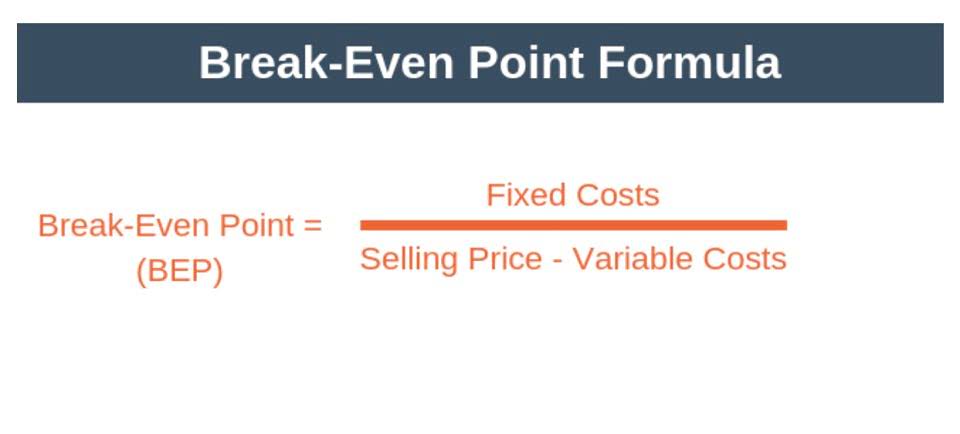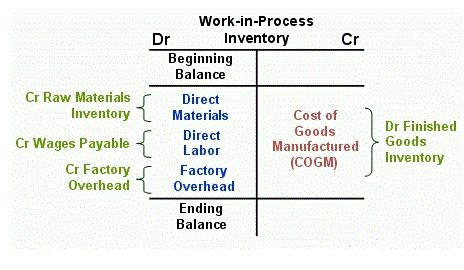
Companies often utilize retained earnings as a strategic financial tool for business expansion. Undistributed profits are those earnings of a corporation that have not been paid out to investors in the form of dividends. A rapidly-growing business needs earnings to fund its future growth, and so will likely retain all of its https://www.bookstime.com/pricing earnings. Conversely, a slow-growth company has no internal need for the excess cash, and so will be more likely to pay out a large proportion of dividends. Retained earnings are reported in the shareholders’ equity section of the corporation’s balance sheet. Corporations with net accumulated losses may refer to negative shareholders’ equity as positive shareholders’ deficit.
- The accumulated earnings of a firm are profits generated, but not distributed to the shareholders as cash dividends or as corporate profit taxes.
- When total assets are greater than total liabilities, stockholders have a positive equity (positive book value).
- Dividend payments reduce the amount of profits retained by the company, affecting the growth potential and available funds for reinvestment.
- Surplus reserve and undistributed profit are both financial terms used to describe funds that a company has set aside for future use.
- In contrast, mature companies with stable cash flows are more likely to distribute a significant portion of their earnings as dividends.
- Accumulated earnings are a key indicator of a company’s financial health and growth potential.
- If the firm has managed to increase its shareholder equity, retaining its earnings is a good strategy.
Retained Earnings: Everything You Need to Know for Your Small Business
While dividends are subject to double taxation—once at the corporate level and again at the individual level—retained earnings are only taxed at the corporate level. This can make retaining earnings more tax-efficient, especially for companies in higher tax brackets. A surplus reserve, also known as a reserve fund, is a portion of a company’s profits that is set aside to provide a financial cushion for unexpected events or future investments. It acts as a contingency fund, ensuring the company has resources to fall back on during challenging times. Surplus reserves are typically created by allocating a portion of the company’s annual profits, and they are recorded as a liability on the balance sheet.

Comparing Surplus Reserve and Undistributed Profit
Undistributed profit, on the other hand, refers to the profits that a company has earned but has not yet distributed to its shareholders as Accounting Periods and Methods dividends. While surplus reserve is a more formal and regulated term, undistributed profit is more flexible and can be used for various purposes at the discretion of the company’s management. When the dust settles at the end of the year, a business can generally do one of two things with excess cash.

Have a tax question?
- Retained earnings are calculated through taking the beginning-period retained earnings, adding to the net income (or loss), and subtracting dividend payouts.
- This case highlights the importance of balancing the retention and distribution of earnings to meet the needs of both the company and its shareholders.
- This usually gives companies more options to fund expansions and other initiatives without relying on high-interest loans or other debt.
- This retained earnings can be used for various purposes, such as reinvesting in the business, paying off debt, or funding future projects.
- It is a deliberate allocation of funds by the company’s management to ensure financial stability and growth.
A company is normally subject to a company tax on the net income of undistributed profits that have accumulated in the company over time are called the company in a financial year. In most cases in most jurisdictions no tax is payable on the accumulated earnings retained by a company. However, this creates a potential for tax avoidance, because the corporate tax rate is usually lower than the higher marginal rates for some individual taxpayers. Higher income taxpayers could “park” income inside a private company instead of being paid out as a dividend and then taxed at the individual rates. To remove this tax benefit, some jurisdictions impose an “undistributed profits tax” on retained earnings of private companies, usually at the highest individual marginal tax rate.
- The issue of bonus shares, even if funded out of retained earnings, will in most jurisdictions not be treated as a dividend distribution and not taxed in the hands of the shareholder.
- Undistributed profit, also known as retained earnings, is a critical component of a company’s financial health.
- For the past 52 years, Harold Averkamp (CPA, MBA) hasworked as an accounting supervisor, manager, consultant, university instructor, and innovator in teaching accounting online.
- Profit is a widely monitored financial metric that is regularly used to evaluate the health of a company.
- For growth-oriented companies, retaining earnings can lead to higher future earnings and, consequently, a higher stock price.
- On a personal level, the accumulated earnings are the undistributed corporate profits that an individual has earned without having received.
- The main purpose of reserving the profit is to expand the business, diversify the business, and beat the competitors in the market.
- While surplus reserve and undistributed profit both represent portions of a company’s profits that are not distributed to shareholders as dividends, they have distinct attributes that set them apart.
- These profits are retained by the company for various reasons, such as reinvestment in the business, debt repayment, or to maintain a strong financial position.
By retaining earnings, a company can fund expansion, pay down debt, or invest in new projects without relying on external financing. Undistributed profit refers to the portion of a corporation’s earnings that have not been distributed as dividends to shareholders. Since undivided profits are not earmarked for dividends like funds in a surplus account are, at least until they are transferred to a surplus account, they are counted as part of the company’s equity. Undivided profit can also be thought of as a company’s overall profits that are re-invested into the company (when not given as dividends). Retained earnings, on the other hand, specifically refer to the portion of a company’s profits that remain within the business instead of being distributed to shareholders as dividends. There is a rapidly-growing market for this product in some countries, so the company’s managers have decided to retain all profits within the business, in order to fund that growth.

Key Takeaways

This can make a business more appealing to investors who are seeking long-term value and a return on their investment. It’s important to note that retained earnings are cumulative, meaning the ending retained earnings balance for one accounting period becomes the beginning retained earnings balance for the next period. Revenue, net profit, and retained earnings are terms frequently used on a company’s balance sheet, but it’s important to understand their differences.
